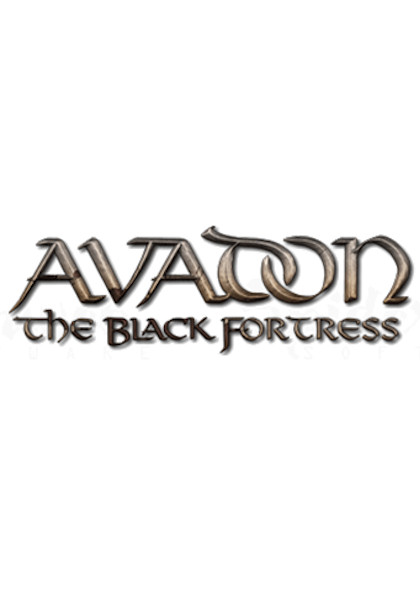Avadon: The Black Fortress Preview
-
Category: PreviewsHits: 15945

Article Index
Page 3 of 3
There are three branches for each class: battle, power, and utility. "Battle" tends to be direct damage and combat skills, "power" features a range of passive supporting skills, and "utility" sports a variety of boosts and curses. Each class has two "top" skills, which always root into the power branch, as well as either the battle or utility branch. For example, the Shaman has an earthquake skill rooting into battle and power, and a higher-level summoning skill rooting into power and utility. Specializations unlock at levels 7, 15, and 25, but rather than unlocking new skills, each one gives passive +1 bonuses to one of the three branches. The advantages to this system are obvious. It allows for easier balance, something the Avernum games sometimes lacked as certain builds or skills were excessively powerful or useless. Furthermore, this system lets the player jump right into the adventure, and leveling up is an immediate and satisfying affair, as with each early level up you can opt to unlock a new skill, and many later levels-ups unlock bonus abilities that become available when a skill reaches a value of 3, and again at 6.
The system doesn't come without a disadvantage, though, in that it feels a bit constrictive. The options for customization certainly exist, but because of the way the branches work, you end up either specializing in two branches or generalizing in all three (the power branch is a necessity no matter what), which opens up roughly three valid builds per class. And because the follower builds are identical to the main character's build, with no added skills or restrictions, you get to freely explore all of the builds in one play-through. What's more, if you feel like switching things around, the game grants you the ability to respec fairly early on in the game.
While I feel that this system is a bit of a step down from his previous titles, some ground is made up by the inventory system. There's a fairly rich variety of weapons, though a lot of them have class requirements - only shamans can use javelins and only blademasters or sorceresses can use bows. That said, individual items can be upgraded using runestones. Additionally, each character can carry a number of scarabs on his/her skin, the amount of which is limited by the character's level - a new scarab slot becomes available every seven levels. The scarabs can give the character unique boosts or various abilities that may not be available to them normally, and they help to increase character customization.
So...
The character and party system are pretty different from anything Spiderweb has done before, and it's pretty obvious that they've borrowed some inspiration from BioWare. The changes come with both drawbacks and advantages, and as such some people will like them, and others will take issue with them. Avadon could've done with some additional branches and classes, but, again, this is a trade-off, as a narrow system allows for better gameplay balance.
That said, with a simpler RPG system coupled with a brand new and accessible setting, Avadon: The Black Fortress serves as a great introduction to people who are new to Spiderweb's offerings. It is their best-looking title to date and presents one of the better stories we've experienced in their games, with rich new characters and setting elements introduced. As such, it's a good stepping stone toward what will inevitably be a whole new series of role-playing games from the veteran indie studio.


